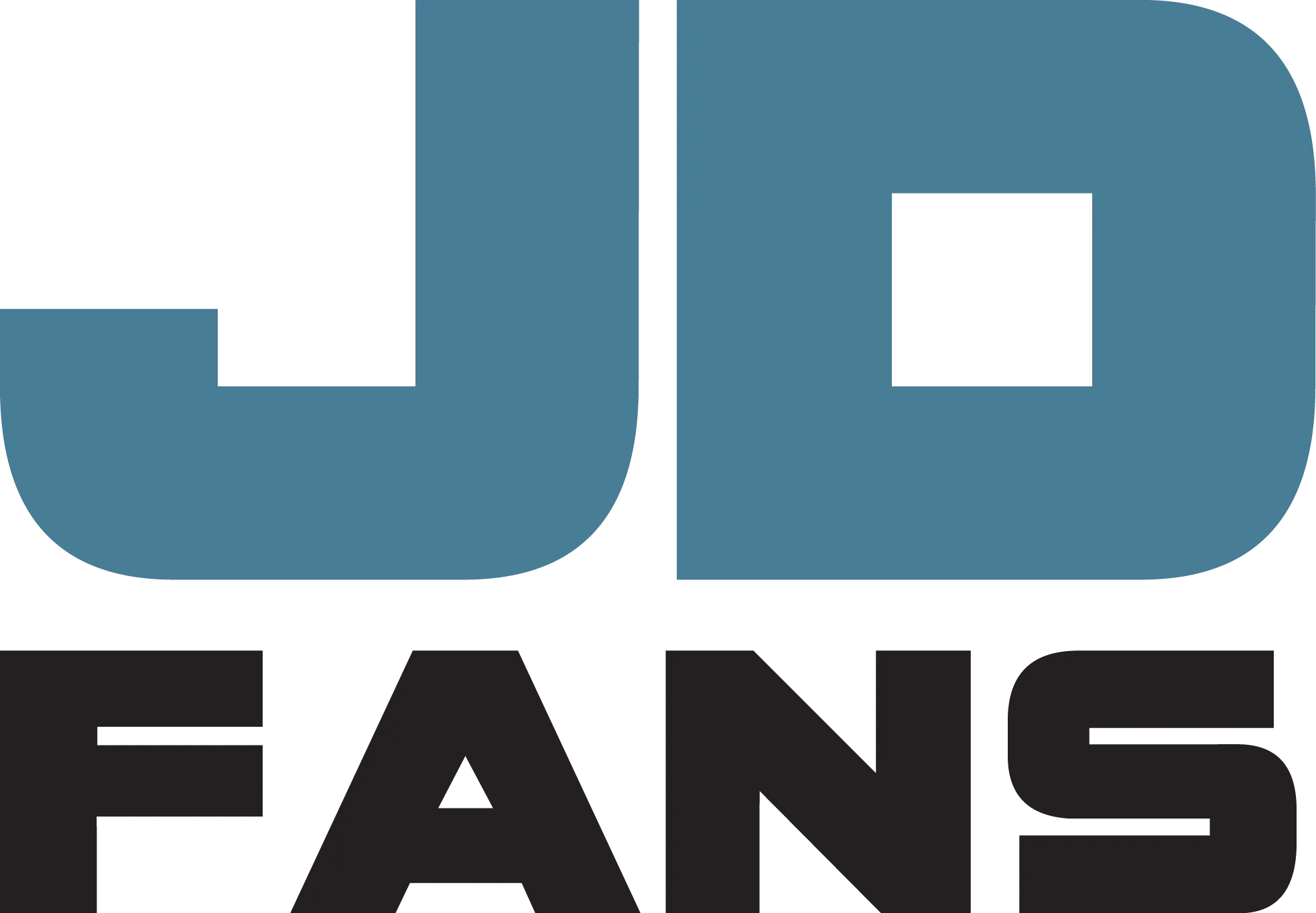HVLS Fan ROI Calculation: Comparison of ROI of Our Industrial Ceiling Fan JD-7 Fan vs. a Regular Industrial Fan
High Volume Low Speed (HVLS) fans offer an exceptional Return on Investment (ROI) for various industries and spaces. These innovative fans are designed to circulate large volumes of air efficiently and effectively, creating a more comfortable environment while significantly reducing energy costs.
The HVLS fans ROI becomes evident through their ability to enhance indoor air quality, regulate temperature, and lessen the dependency on traditional HVAC systems. By promoting better air circulation and maintaining consistent temperatures, HVLS fans contribute to increased productivity and improved employee well-being. Furthermore, their energy-efficient operation leads to substantial savings in electricity bills, making them a smart and sustainable investment in the long run.
Whether in industrial settings, commercial spaces, or large public areas, HVLS fans showcase a remarkable ROI by optimizing comfort, energy efficiency, and overall operational performance.
Comparison JD-7 (7.15m HVLS) versus Regular Industrial Fan for a 1200 m2 area
| Model | JD-7 | Regural Industrial Fan |
|---|---|---|
| Motor | 0.8 kw | 0.2 kw |
| Area to Cover (m2) | 1,200 m2 | 1,200 m2 |
| Units needed to cover 1200 m2 open area |
1 | 33 |
| Consumption | 0.8 kw/hr | 66 kw/hr |
| Noise | 40 decibel | 86 decibel |
| Warranty | 10 years | 1 year |
| Maintenance | Low | Greasing |
| kw per year (kw/yr) | 3,504* | 52,560* |
| Electricity Cost | php 35,040.00** | php 525,600.00** |
| Savings | php 490,560.00 | php 0.00 |
** based on P10/KWH
Comparison Annual Electrical Cost JD-7 Fan vs. Regular Industrial Fan
| Area to Cover (sqm) |
Units | KW | Operating Hours |
Price/kwh (php) |
Operating days |
Annual kw/hr |
Annuanl Electrical Cost (php) |
|
|---|---|---|---|---|---|---|---|---|
| JD-7 Fan | 1200 | 1 | 0.8 | 12 | 10 | 365 | 3,504 | 35,040.00 |
| Traditional Fans | 1200 | 33 | 12 | 12 | 10 | 365 | 52,560 | 525,600.00 |
| Savings | 490,560.00 |
| JD-7 Fan | Traditional Fans | |
|---|---|---|
| Area to Cover (sqm) |
1200 | 1200 |
| Units | 1 | 33 |
| KW | 0.8 | 12 |
| Operating Hours |
12 | 12 |
| Price/kwh (php) | 10 | 10 |
| Operating days | 365 | 365 |
| Annual kw/hr | 3,504 | 52,560 |
| Annuanl Electrical Cost (php) |
35,040.00 | 525,600.00 |
| Savings | 490,560.00 |
ROI Calculation: JD-7 HVLS Fan
| JD-7 PRICE | PHP 355,000.00 |
| Annaul Electrical Cost | PHP 525,600.00 |
| ROI Months | 9.5 |
What has an impact on the HVLS Fan ROI / the Industrial Ceiling Fan ROI?
The Return on Investment (ROI) of both HVLS fans and ceiling fans is dependent on a variety of factors, including:
-
-
- Energy Efficiency: The amount of energy a fan consumes compared to the air circulation it provides directly affects the potential savings on electricity bills.
- Initial Cost: The upfront expenses for purchasing the fan, installation, and any associated accessories impact the overall ROI calculation.
- Environment: Factors such as room size, ceiling height, and layout determine the effectiveness of the fan in maintaining comfort and regulating temperatures.
- Operational Savings: The extent to which the fan reduces the reliance on air conditioning or heating systems contributes to long-term operational cost savings.
- Comfort Improvement: The fan’s ability to create a comfortable environment that enhances employee productivity and well-being can indirectly influence ROI.
- Maintenance Costs: The cost and frequency of maintenance and potential repairs over the fan’s lifespan affect its long-term financial outlook.
- Durability and Warranty: A fan’s durability, backed by a solid warranty, can impact how long it remains effective and efficient, thus influencing ROI.
- Replacement Parts: Availability of replacement parts and ease of repairs can influence the overall cost of ownership and ROI.
- Environmental Impact: The fan’s contribution to energy conservation and reduced carbon footprint adds to its ROI by aligning with sustainability goals.
- Industry and Application: Different industries and spaces have varying requirements; the fan’s suitability for specific applications influences its ROI potential.
-
In essence, the ROI of HVLS and ceiling fans is shaped by their ability to create a comfortable, energy-efficient environment while minimizing operational costs and maintenance expenses over time.
If you like to get more information about prices, we have written a blogpost about industrial fan prices in the Philippines.

